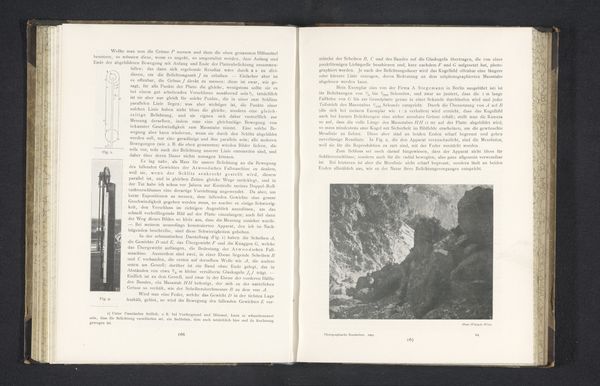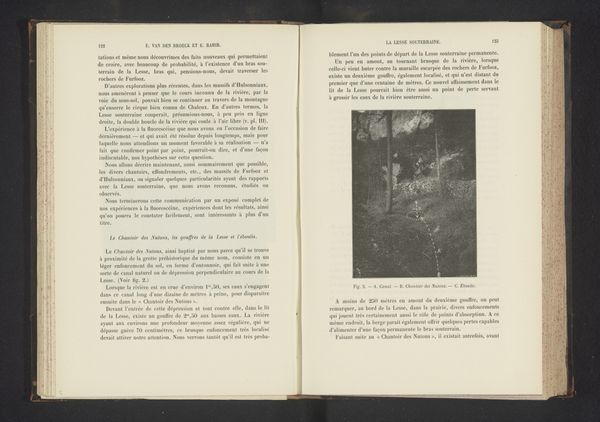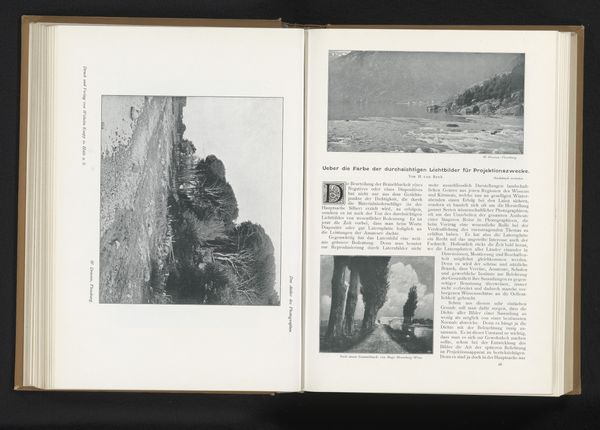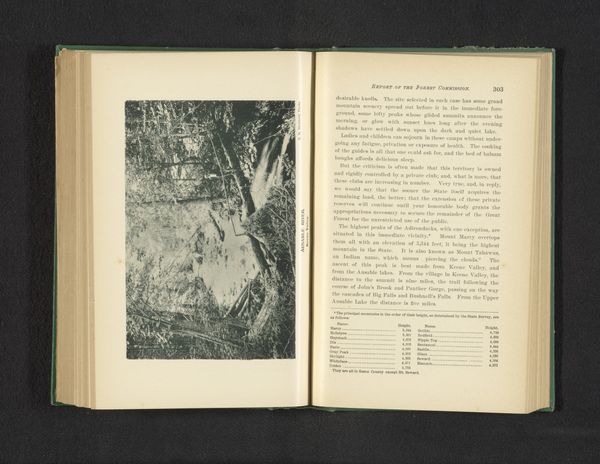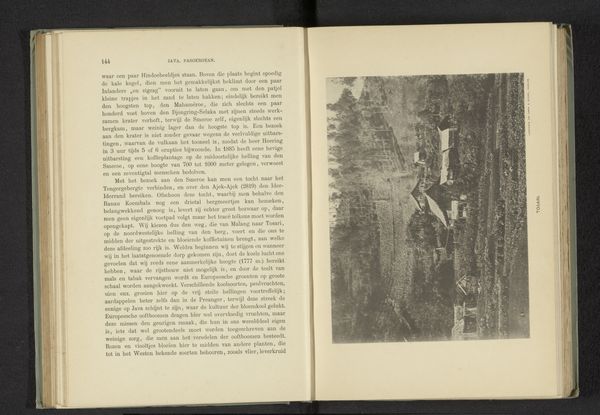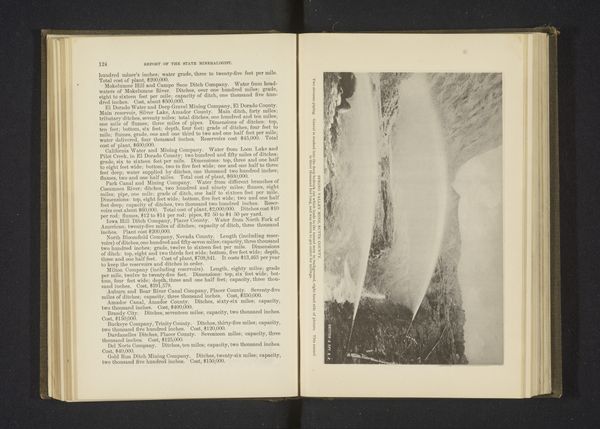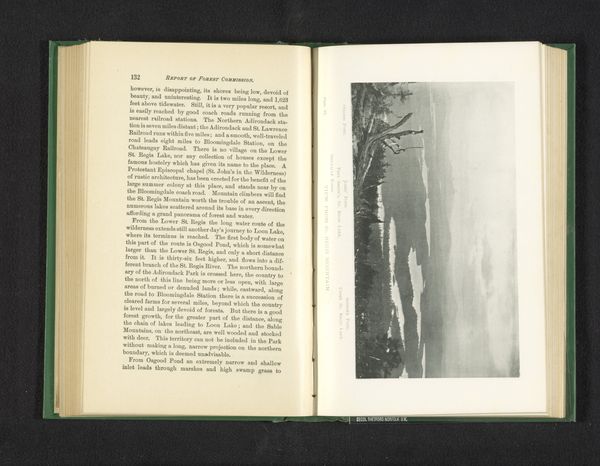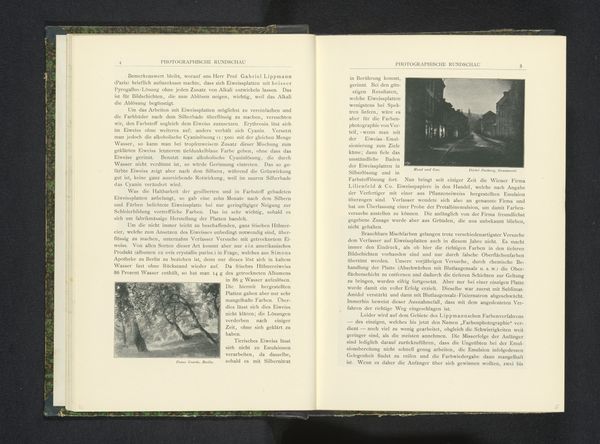
print, photography, gelatin-silver-print
#
still-life-photography
# print
#
landscape
#
photography
#
gelatin-silver-print
Dimensions: height 100 mm, width 90 mm
Copyright: Rijks Museum: Open Domain
Curator: Immediately striking! It feels quite somber, almost ghostly. Editor: Yes, it's an intriguing work. We are looking at “Gezicht op bomen aan een water” which translates to “View of trees by a water," created by Erwin Raupp sometime before 1902. It’s a gelatin-silver print, classified as landscape photography. Curator: The tones are particularly interesting. The artist seems very intentional with the grayscale, especially in those highlights. Was gelatin-silver printmaking a particularly meticulous process at this time? What level of technical knowledge would he have had? Editor: Very meticulous! And your question highlights a critical point. Raupp, and other photographers utilizing this medium, would need a sophisticated understanding of the chemical processes involved, of timing, of temperature control. To me it signals that photography was increasingly being seen as more than documentation— but as a craft. Think of the labor involved in achieving this outcome; a carefully considered and executed manual process. Curator: It certainly pushes beyond mere reproduction. And it speaks to the rise of photography within artistic circles during this era. Was Raupp actively exhibiting or engaging in the established art world? Editor: Archival records suggest that his involvement in various photographic societies shaped his public perception. Group exhibitions helped to legitimize photography and demonstrate its capacity for artistic expression beyond just portraits. We also shouldn't underestimate the societal push toward valuing leisure activities. Consider the historical context and how that shapes what gets photographed. Curator: Right, we tend to forget how the art market has to be nurtured. Thinking about materials—the silver used to develop the print would also be part of trade networks and power dynamics related to colonial contexts. I always wonder about material origins. Editor: Indeed. By focusing not just on the artistry, but also the material origins, labor and politics behind the production and display of works like these, we can begin to fully appreciate how artistic practices can be understood. Curator: It's incredible how much history and critical perspectives can be extracted from what initially seems like a straightforward image.
Comments
No comments
Be the first to comment and join the conversation on the ultimate creative platform.
